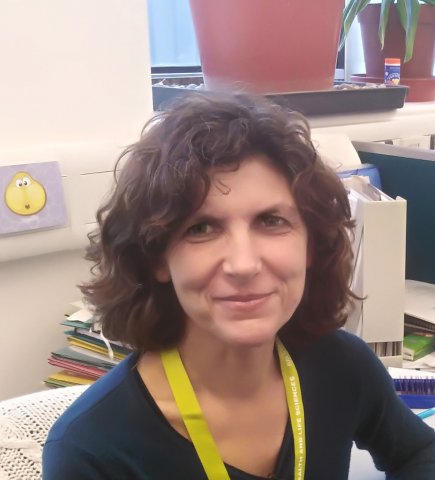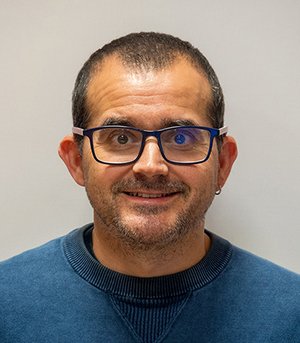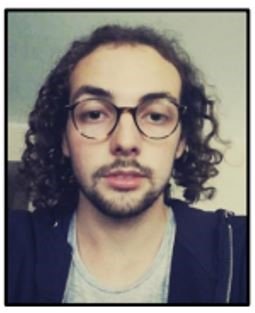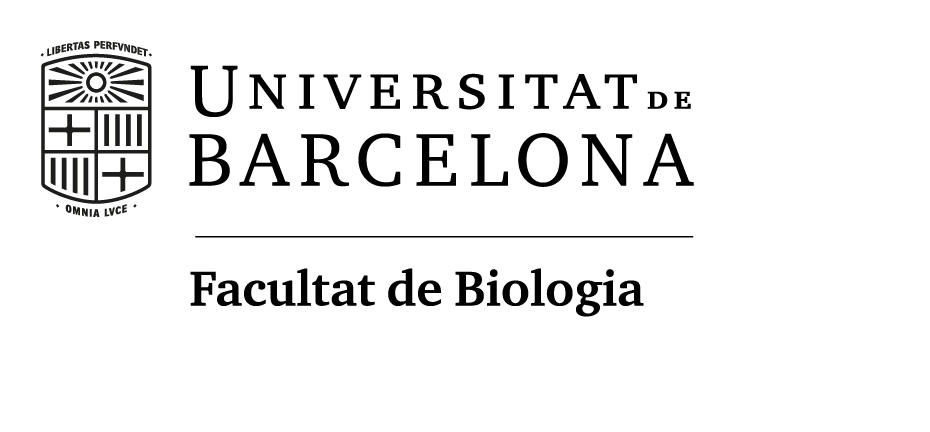Planarians show an unlimited capacity to regenerate, and they have fascinated naturalists for more than 200 years. In the 19th century, they were described by Dalyell as “immortal under the edge of the knife”. But it has been in the last 40 years when the genetic tools have allowed the understanding of the mechanism underlying this plasticity. In fact, it was a professor in our Department, Dr. Jaume Baguñà, who first had the idea to study the genetics of planarians, and we are now the heirs of these pioneer studies.
We know now that planarians have this amazing plasticity because they show a huge population of pluripotent adult stem cells, which are distributed all along the planarian body and can give rise to any planarian cell type. However, not only stem cells are required, but they also need to communicate with each other to instruct their cell fate; to know if they have to proliferate, to die, or to become a neuron.
The impressive thing is that all the genetic and molecular mechanisms that are known to be important for planarian regeneration are conserved in all animals, since the way of communicating between cells is evolutionary conserved. Thus, by understanding planarians’ regeneration we can also go further in understanding why humans cannot do it.
During this project, we will cut planarians in pieces and we will observe and analyze their process of regeneration. We will collect data about the growth of the new tissue, the recovery of the nervous and the visual system, the activation of the proliferation…. And not only that, but we will also study the same parameters in planarians in which a ‘mysterious’ genetic manipulation has been previously done. During the last days of the course, you will have to integrate all the data and analyze it, in order to explain the process of planarian regeneration in detail and to make a hypothesis about the role of the ‘mysterious’ genes that were manipulated.
The different sessions will consist of 1) Theoretical learning of the basics of planarian regeneration and the tools to be used, as gene inhibition by RNAi, which is the main tool in planarians to understand gene function; 2) Learning to manipulate and image planarians in a stereomicroscope; 3) Cutting planarians and follow the process during several days; 4) Performing immunostainings to analyze internal organs during regeneration and learning the basics of immunofluoresecence; 5) Analysis of the visual function through observing planarian behavior in a chamber with a localized source of light; 6) Collect and analyze all the data to make conclusions about the process of regeneration in normal animals and in the ones in which the ‘mysterious’ genes have been inhibited, 7) Make a hypothesis about the function of the ‘mysterious’ genes; 8) Final discussion.
All the data collected will be analyzed and statistical analysis will be applied in order to draw conclusions and acquire new critical thinking and problem-solving skills. The data will be contrasted to the current literature. Students will formulate a hypothesis and think about strategies to apply the knowledge gained in planarians to improve human health.
Learning objectives
- To handle planarians and to work with them as a model organism to study stem cells and regeneration.
- To learn the scientific method.
Matching profiles
- Biology
- Genetics
Required materials
Labcoat and laptop





